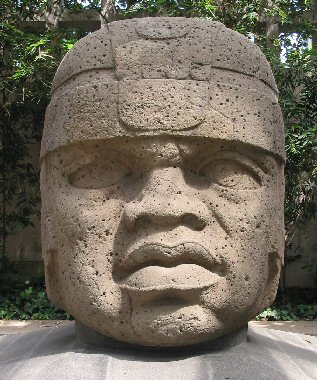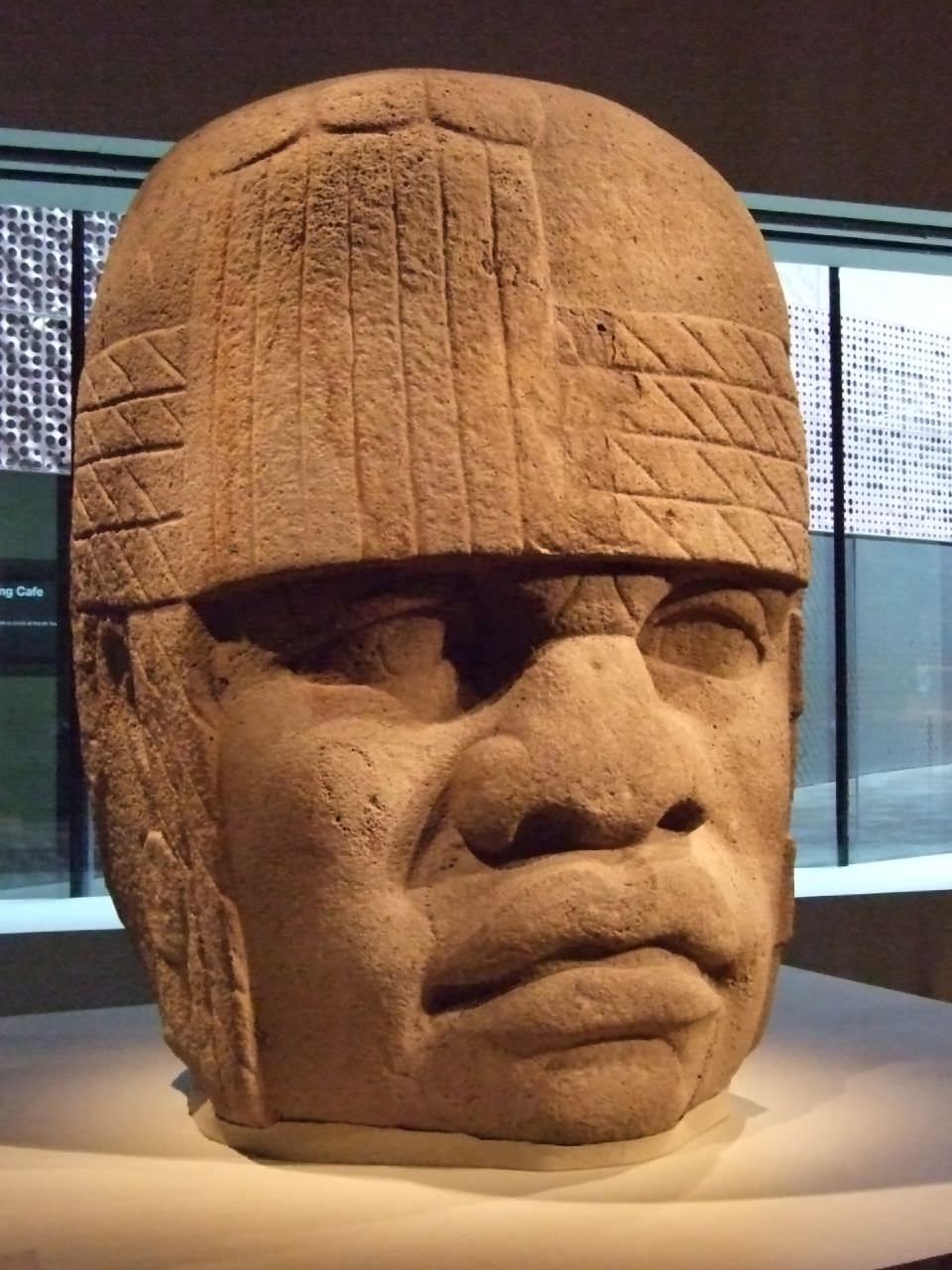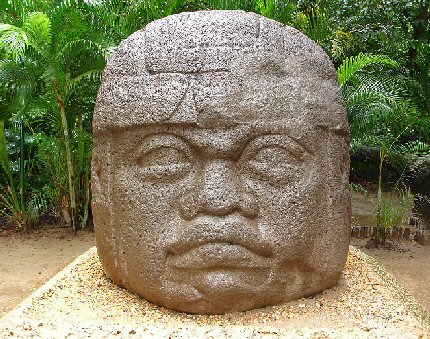BBC - Religions - Christianity: Rosslyn Chapel
Dr Adrian Dyer, a professional botanist and husband of the Revd Janet Dyer, former Priest in Charge at Rosslyn Chapel, meticulously examined the botanical carvings in the Chapel. He looked at carvings of leaves that are claimed to be curly kale, oak leaves, cactus leaves, sunflowers and three-leaved botanical forms (trefoils).
Broadly speaking, Dr Dyer found the botanical forms in the Chapel to be stylised or conventionalised, not meant to be identifiable plants, with one exception. Hart's-tongue fern, an ancient fronded plant, was growing in Roslin Glen in the fourteenth century and is still found today under Rosslyn Castle. It can be seen, approximately life-size, carved on the Apprentice Pillar.
With respect to the fruits and flowers and their possible symbolism, the three-leaved flowers may be seen as references to the Trinity. However, the flowers in the roof which early guides described as 'daisies' are not true representations of that flower. There are some carvings which are reminiscent of the Madonna lily and may therefore have religious significance.
The Rosslyn 'corn' carvings. Photo: Kjetil Bjornsrud
©
One window in the Chapel is surrounded by carved plants that are claimed to be maize and aloe, two species that are native to North America and had not yet reached Europe by the 15th century, when Rosslyn was built. They have been used to support theories that William Sinclair's grandfather, the explorer Henry I Sinclair, Earl of Orkney, had secretly travelled to the Americas before Columbus.
This idea does not bear scrutiny. Dr Dyer found that there was no attempt to represent a species accurately: the 'maize' and 'aloe' carvings are almost certainly derived from stylized wooden patterns, whose resemblance to recognisable botanical forms is fortuitous.
Much the same conclusion was reached by archaeo-botanist Dr Brian Moffat, who also noted that the carvings of botanical forms are not naturalistic nor accurate. He found a highly stylised Arum Lily the most likely candidate for what has been identified as American maize.
As for the 'aloes', Dr Moffat points out that the consumer would never have seen the plant, only the sap which was used medicinally. There is no citation of either 'maize' or 'aloe' in the Oxford English Dictionary before the mid-sixteenth century; aloe was not imported to Spain until 1561. Moffat adds that "In common with the majority of Rosslyn's foliage, little life is on display and precious little nature."







